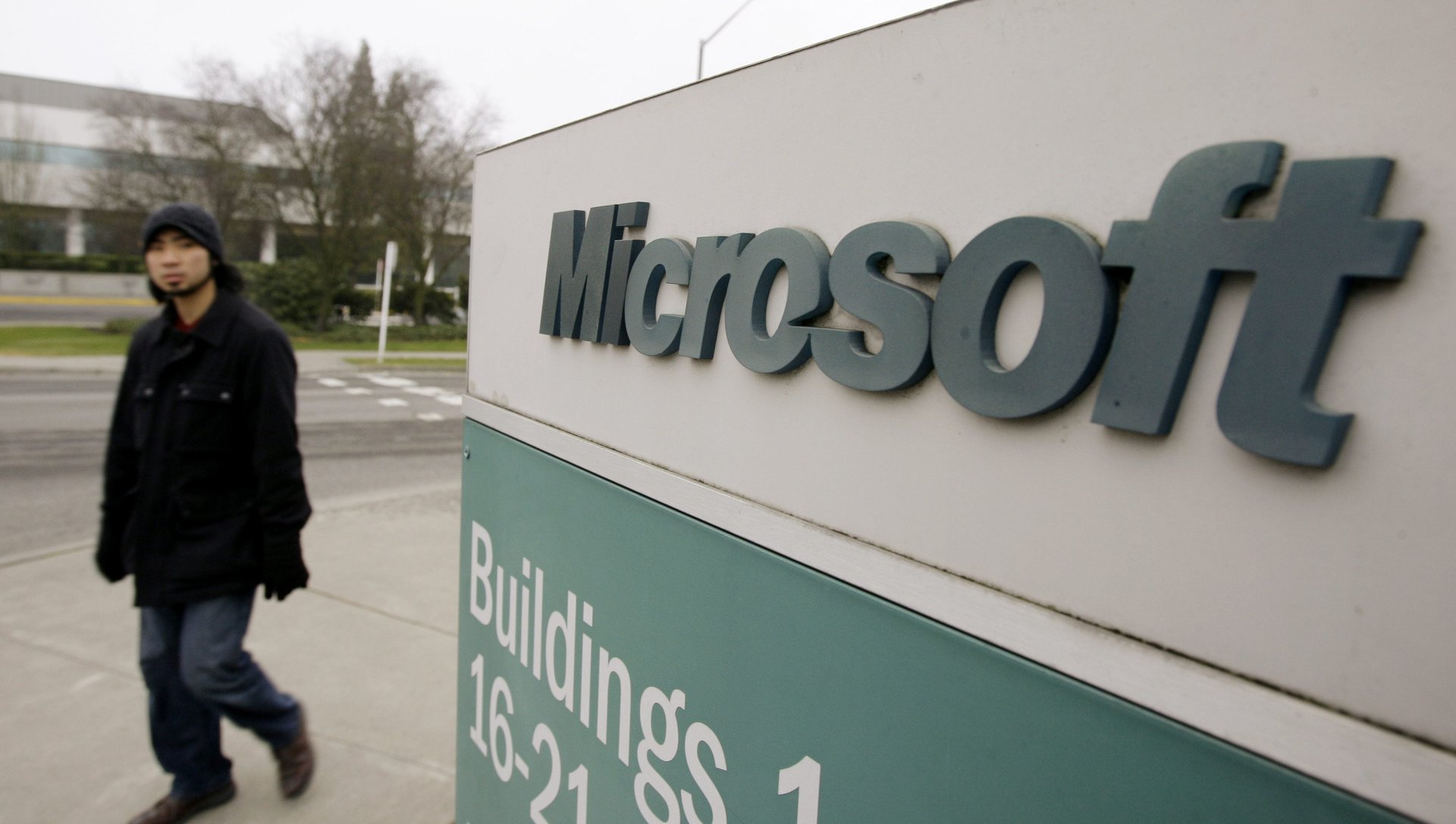Microsoft is doubling down on the suburban office park no one wants
There’s something particularly soul-crushing about spending your working days in a suburban office park. The hushed lobbies and hallways, the lonely sea of parking lots, the hermetically sealed environment, where windows are impossible to open and fresh air is a cruel tease, just inches away.


There’s something particularly soul-crushing about spending your working days in a suburban office park. The hushed lobbies and hallways, the lonely sea of parking lots, the hermetically sealed environment, where windows are impossible to open and fresh air is a cruel tease, just inches away.
Apparently Microsoft can’t get enough of it.
The tech giant is planning a major renovation of its 500-acre campus in Redmond, Washington, according to the New York Times. The project will add 2.5 million square feet—the rough equivalent of 10 Walmart Supercenters—to its existing 15 million square feet, by replacing 12 buildings with 18 new ones. Traditional offices at the suburban Seattle campus will be replaced with open floor plans.
The Times contrasts Microsoft’s decision to expand in Northwest Washington to Amazon’s high-profile search for a second headquarters office—“When it comes to headquarters, one is enough, we feel,” Microsoft president Brad Smith said—and the decision kind of makes sense for a company that’s transformed incremental progress into a business model. Consider it Redmond 2.0.
But it also flies in the face of just about everything employees seem to want in a workplace, particularly the young tech talent Microsoft and its competitors are desperate to recruit.
Employees of Microsoft and its Silicon Valley counterparts like Facebook, Apple, and Google are increasingly choosing to live in cities, and endure punishing reverse commutes on company-sponsored buses to reach their suburban offices. Almost 9,000 workers take those buses out of San Francisco each day to work in Silicon Valley, according to Wired, and 4,000 ride Microsoft’s 94 Seattle-area buses.
The investment in Redmond also assumes workers will be be using offices in the future, when it’s clear many won’t. When given the choice of working remotely, many workers opt to stay home (or find a nearby coffeeshop), to the extent that Automattic, maker of Wordpress, shut down its San Francisco office because no one was using it.
The ability to work remotely is now a priority for a large number of job seekers: 44% of millennials (ages 20-34) and 45% of Gen-X employees (35-49) calling the ability to work remotely “a must-have” when considering a job, according to a recent survey of 1,004 office workers in the the US and Canada, sponsored by Staples.
If the grinding Seattle-area traffic isn’t enough to keep Microsoft employees home, its new office plan might. While open offices are intended to promote collaboration—and reduce the amount of real estate a company needs to pay for—that Staples survey finds that nearly 40% of both millennials and Gen-Xers think the design of their office makes it difficult to focus.
Microsoft may be committed to the suburbs, but it’s not like it doesn’t have some experience with great urban offices. In 2013, Microsoft’s Skype unit opened a stunning space in the heart of London, at Two Waterhouse Square, part of a magnificent red brick Victorian complex, close to major train and underground stations, surrounded by pubs, shops, and other corporate offices. It was everything a contemporary tech office should be.
But nothing good seems to last. Perhaps not surprisingly, last year Microsoft closed the office as it transferred its Skype operations to, yes, Redmond.